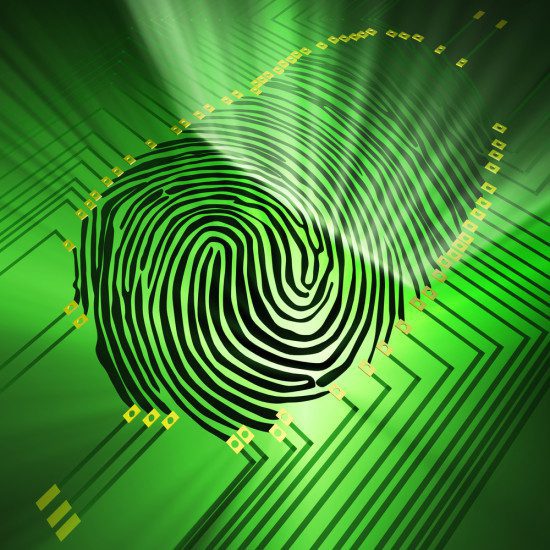According to a global study by Quocirca, print is considered a top security issue (66 per cent) for most organisations, second only to cloud-based services. However, with recent incidents such as the latest PewDiePaw hack, in which over 50,000 printers were affected, it is crucial for businesses to rigidly manage their print estate and what information can be sent to them through adopting biometric security. This is according to Y Soft Corporation, a leading enterprise office solution provider.
James Turner, Regional Sales Manager at Y Soft said: “Today’s multifunction devices (MFDs) have become instrumental machines for office productivity. These devices have become smarter and more connected than ever before, which unfortunately can also mean that security is jeopardised because they are easier to access, if they aren’t managed effectively. Additionally, regulations such as GDPR, with painful financial consequences make data security a higher than ever requirement.
“While regular credential verification such as usernames and passwords, PINs, or ID badges on card readers are important basic measures, they can still leave information vulnerable in the case that they’re lost, stolen, or copied. This is why organisations should consider multiple security measures, and is where biometric security can play a crucial role.”
Biometric security is the use of a physical trait such as fingerprint, voice and face recognition to access and control printers, and while this is not a complete security solution within itself, it can play a crucial role in any organisation’s overall secure printing strategy.
Here are three reasons why fingerprint access is a budding security priority for organisations’ MFDs:
- It’s consistent and accessible: Swipe cards and usernames can be stolen or copied, badges can become faulty, and users can simply forget usernames and passwords. This means employees can be inconveniently locked out from information accessible through their organisations’ MFDs. This wastes employees’ time, and means important work can’t be completed. Fingerprint authentication, however, lets users quickly scan their finger on a pad that matches fingerprints files stored in the corporate directory, to access the right documents when they need them.
- It’s the security of the future: As organisations become increasingly digitalised, other kinds of biometric identity verification are likely to make their way into everyday data security protocols. This includes voice and facial recognition, particularly given the growing prevalence of smart home devices. Voice-recognition is already on its way to being integrated with multiple types of applications. Similarly, facial recognition and fingerprint scans are accepted as reliable security methods on smartphones. The jump to office networked devices is already happening. It’s important that organisations keep pace with the latest security trends and movements.
- It’s the perfect way to complement existing security postures: Organisations shouldn’t jump into fingerprint verification technology without consideration. It’s important managers adopt data security measures carefully and gradually, to ensure new technologies and practices are used, applied, and effective in the way they’re meant to be. Usernames, PINS, and ID badges are a positive step forward in the journey to fully securing data, and managers should aim to enact these features as a first, second, and even third step for safer MFD use. While organisations mustn’t undermine the importance of standard user verification methods, they also need to remember the limitations of these security features, and know that fingerprint and additional biometric authentication can add a much needed final step to their overall data security posture.
James concluded: “Ensuring the confidentiality of documents and data is essential in an environment where data privacy is a make-or-break factor. Organisations looking to protect confidential data need to comprehensively secure MFDs and document management solutions, and they need to be aware of how to take their security measures to the next level. Increasingly, that next level is likely to be biometric.”
The opinions expressed in this post belongs to the individual contributors and do not necessarily reflect the views of Information Security Buzz.



